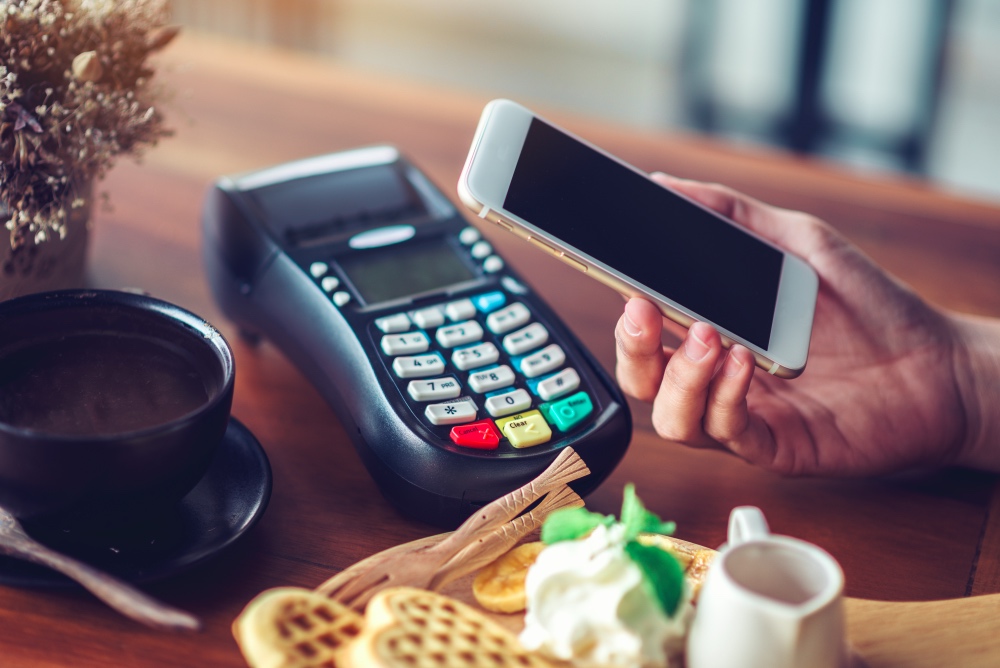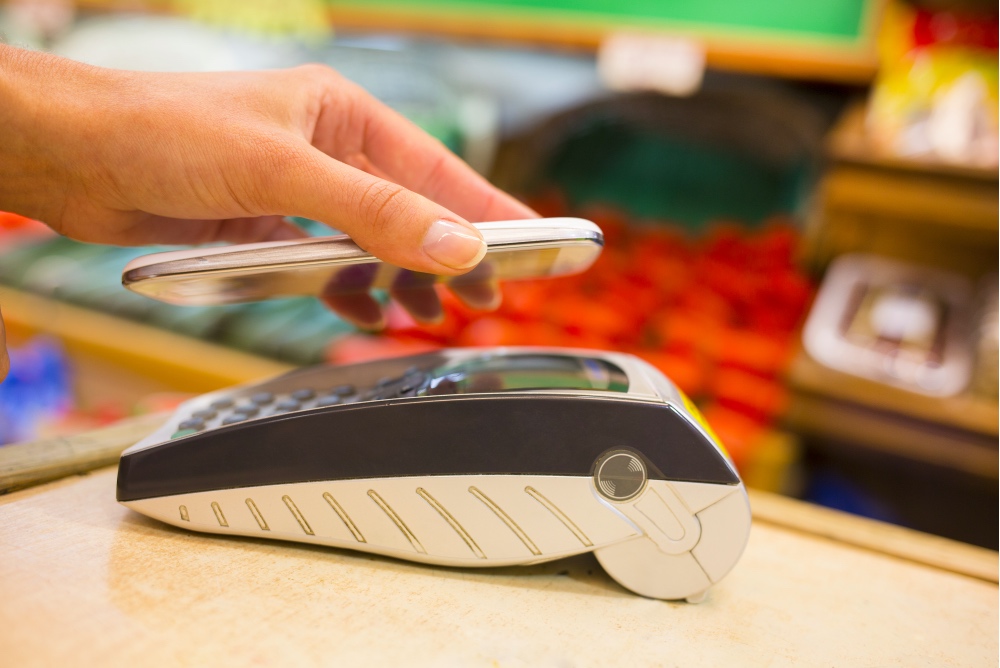The adoption of digital wallets, according to a Goldman Sachs analyst, has been “underwhelming to date by nearly every objective standard.” While Apple Pay is the dominant digital wallet leader in the US, accounting for 90% of all contactless mobile payments, it is still struggling to gain real traction in the United States. According to the Nilson Report, only a third of US stores accept Apple Pay as a form of payment.

While mobile payments have not caught on at the pace that technology manufacturers would have hoped, they are nevertheless poised to completely upheave the landscape of payments. The US Bank Cash Behavior Survey reports that “47% of consumers preferred the use of digital payment apps to cash.” A Juniper Research report also found that 53% of global transactions at Point of Sale (PoS) terminals will be contactless within five years, up from 15% in 2017.
How Financial Institutions Feel About Alternative Payment Solutions
The Digital Banking Report’s Digital Payments and Mobile Wallets, written to determine the potential of alternative payment methods and strategies being used to expand acceptance and use of digital wallets and Peer to Peer (P2P) payments, found that financial institutions are increasing investments in alternative payment solutions mostly to improve the customer experience and to support new solutions. Financial institutions are focusing particularly on P2P payments, mobile wallets, and debit cards, and believe that the former two are increasing in importance to other payment solutions. They also acknowledge that current payment security is inadequate and are working on security measures, like biometric verification.

A writer for the Financial Brand asked and surveyed financial institutions about the future of payments. The participants unanimously agreed that real-time payments were a great opportunity for the banking industry and that there will be an investment in real-time payments. As for P2P payments, the institutions were not as optimistic, despite the fact that they felt they were more prepared to offer P2P solutions than real-time payments.
Wearables and Open APIs
Still, most financial organizations are not actively investing or developing in the space of open APIs and wearables, which the report found to have potential. When the Financial Brand asked organizations about wearables, they responded across the board that they found that opportunity and readiness to offer is higher for mobile wallets than wearables. The article believed the reason behind the lack of enthusiasm for wearables stemmed from the notion that the use of wearables does not go beyond checking balances.

As for open APIs, organizations believed the opportunities to be quite ample and that APIs would improve innovations and provide compliance challenges. However, the institutions disagreed on whether they were committed to investing in open banking, or that there would be significant revenue streams from APIs. It is important to note that many of those surveyed were from smaller organizations who do not prioritize open APIs because they are more concerned with meeting both payment and digitalization challenges.
Conclusion
The introduction of alternatives to credit cards and cash, while catching on slower than expected, are nevertheless poised to shake up the future of mobile payments. There is an emphasis on convenience, speed, digitalization, and security. It is clear that financial institutions are investing in alternative payment methods and discovering ways to improve customer experience. The critical question is: who will be prepared to be the providers of these alternative payment methods in the future?
